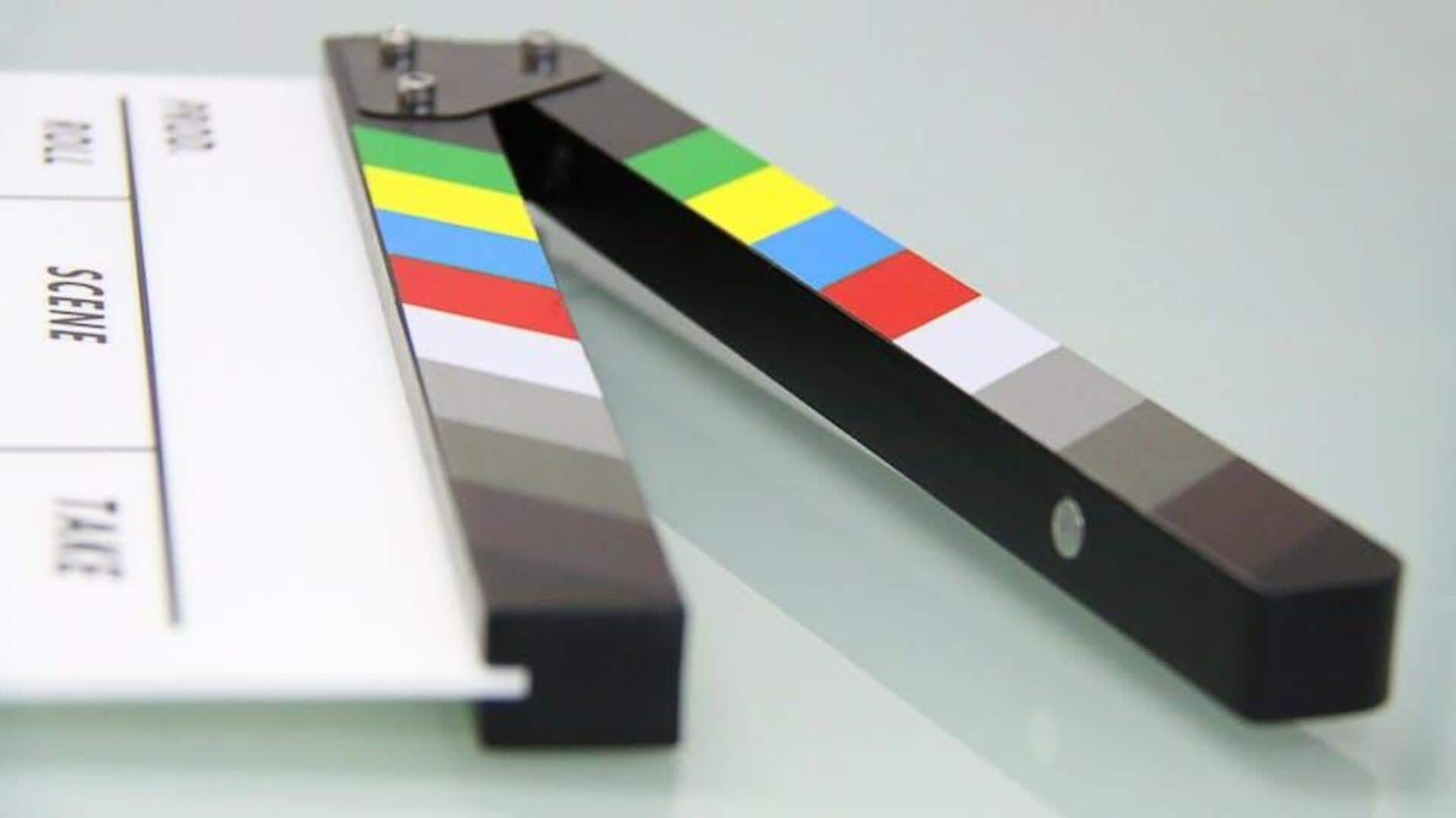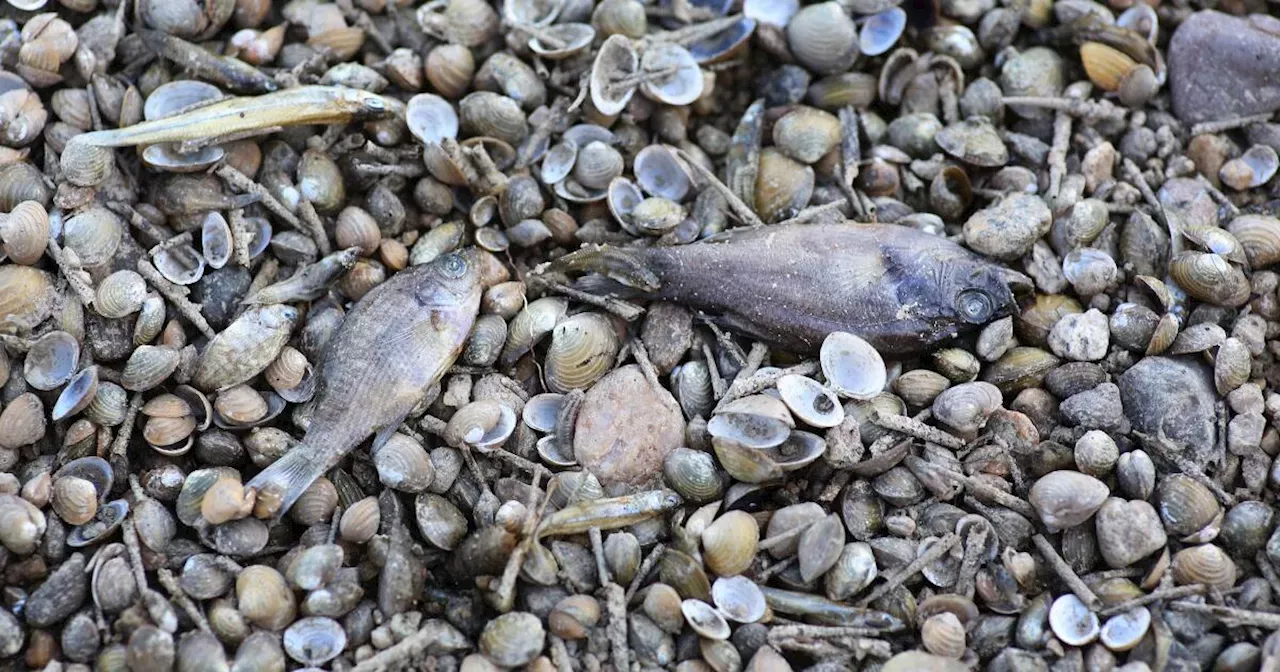We all know that applying and reapplying sunscreen throughout the day, especially when we're sitting in the sun at the beach, by the pool, or in the park, is crucial. But sometimes, despite your best efforts to keep up with your sunscreen , sunburns happen. When they do, the healing time immediately following the burn can best be described as painstakingly slow and miserable.
It's a familiar feeling that all too many know: you head home after a full day spent outdoors, feeling satisfied and fatigued in the best way, and assess your skin under different lighting to find it pink, inflamed, and likely a little itchy. Your best defense against a sunburn is to not get one in the first place — that's where sunscreen at SPF 30 or higher, wearing protective layers, and seeking shade come in — but we all slip up every once in a while. The key to minimizing that painful healing process and, most importantly, keeping your skin from peeling off is following a intentional, gentle, and consistent skin-care routine to treat the sunburn.

Not sure where to start? Here, we tapped two skin-care experts to get their best after-care sun tips. Keep reading to learn how to heal sunburned skin fast and minimize peeling — straight from the experts. Ronald Moy, MD, FAAD, is a renowned cosmetic and facial plastics surgeon at MFC Facial Plastics and Dermatology in LA.
Renée Rouleau is a celebrity aesthetician and founder of her eponymous skin-care brand. Jump in a Cold Shower or Bath (With or Without Milk) This won't make the burn go away, but the chill will help with the pain you're experiencing. "A cool bath or shower will help relieve the immediate pain from the burn," dermatologist Ronald Moy, MD, FAAD, tells PS.
"You can also apply a cool compress to take the sting out." If you want to soak away the pain, try adding milk — yes, you read that right — to the tub. "Soak in the tub with lukewarm or cool water mixed with six cups of whole milk," says celebrity aesthetician Renée Rouleau.
"A cool bath helps to lower the internal body temperature, and milk, due to its fat, protein, and pH, can have an anti-inflammatory effect. Thus, it provides some pain relief." Take Advil For the Pain If the pain is unbearable after a really bad run-in with the sun, you can take a pain reliever like Advil to make you feel a bit more comfortable.
This won't make the skin heal faster, but it will decrease inflammation and swelling. Try a DNA Repair Cream Most people reach for the aloe-vera products buried in the back of their medicine cabinet when they get a sunburn, but Dr. Moy has something different in mind.
"There is the old wives' tale that aloe vera is the true saving grace for all sunburns," he says. "Though it may remove some redness and provide soothing of some sort, the only way to truly repair the damage done by those powerful UV rays, and to do so quickly, is to apply products with organic and plant-based DNA repair enzymes." Research from the National Institute of Health has shown that replenishing DNA enzymes in the skin can help with the DNA damage caused to your skin by the burn.
(Keep scrolling for product suggestions on this front.) For this, we like the DNA Repair Complex ($88). Avoid Potentially Irritating Products No matter what type of product you decide to apply to your sunburn, just make sure it doesn't have any irritating ingredients in the formula.
"Do not apply alcohol, and avoid lotions with antihistamine," Dr. Moy says. Alcohol can strip the skin of moisture and cause more irritation to your parched, compromised skin.
"Many aloe products contain synthetic dyes and fragrance, which give aloe that bright green color," Rouleau says. "Artificial colorants may further irritate sensitive skin, so ensure your aloe is dye- and fragrance-free." To tell if your aloe is natural and safe to use, read the ingredients listed on the pack.
You can identify natural aloe by its clear or slightly golden hue. Stay Hydrated In terms of treating your body from the inside out, it's a good idea to drink cold water and stay hydrated after a burn. "Since your body loses fluids when it's overheated, it's important to drink ice water to keep the body's temperature down and to internally hydrate," Rouleau says.
Chances are, if you spent a lot of time in the sun, you could use the extra hydration. Steer Clear of the Sun — or Cover Up This may seem like a no-brainer, but while your sunburn heals, you should stay out of the sun as much as possible. Due to the initial burn, your skin will be even more sensitive to the sun's harmful UV rays.
"Steer clear of the sun, or make sure you are lathering up in sunscreen," Dr. Moy says. "If you do plan to be outdoors again, do your absolute best to cover up.
" Think: long sleeves, sun hats, staying under an umbrella. Don't Overmoisturize While you want to keep your body hydrated and your skin moisturized, you don't want to overdo it. "Many people want to excessively apply lotion in an effort to moisturize and heal the skin, but applying too many heavy layers may create a barrier that traps heat in the skin," Rouleau says.
"This may keep it red longer. While you do want to keep the skin moist to prevent it from getting brittle, it's best to use a lightweight lotion and reapply every four hours." Rouleau recommends the Renée Rouleau Bio Calm Repair Masque ($55) when you have a sunburn because the gel mask instantly cools redness and was formulated for use after chemical peels, exercise, laser treatments, and sunburns.
The Sun Bum Cool Down Hydrating After Sun Gel ($11) is also another great after-sun product. It provides your skin with immediate cooling relief after getting too much sun. It's gluten- and alcohol-free and enriched with vitamin E.
Don't Pick or Peel the Skin Rouleau explains that most moderate sunburns can take three to four days for the redness to go away. After the redness subsides, peeling can be the next natural step in the healing process — but don't pick. "The sunburn has already caused damage, so the worst thing you can do is start to peel off layers of skin — especially when it's not ready to come off," Rouleau says.
"Doing this can scar the skin, so just let it shed naturally, and be patient." After a week of peeling naturally, you should be able to gently exfoliate off the remaining areas of shedding skin. "You can gently rub the skin on the body lightly with a loofah to help remove some surface flakiness," Rouleau said.
"Be careful when you get out of the shower, because the dry cells are very soft and will rub off easily. You could risk also pulling off live tissue, which could result in oozing scabs." Jessica Harrington is the senior beauty editor at PS, where she writes about hair, makeup, skin care, piercings, tattoos, and more.
As a New York City-based writer and editor with a degree in journalism and over eight years of industry experience, she loves to interview industry experts, keep up with the latest trends, and test new products..
:upscale()/2024/07/22/857/n/1922153/c1113941669eb4406440a8.72752362_.jpg)


















